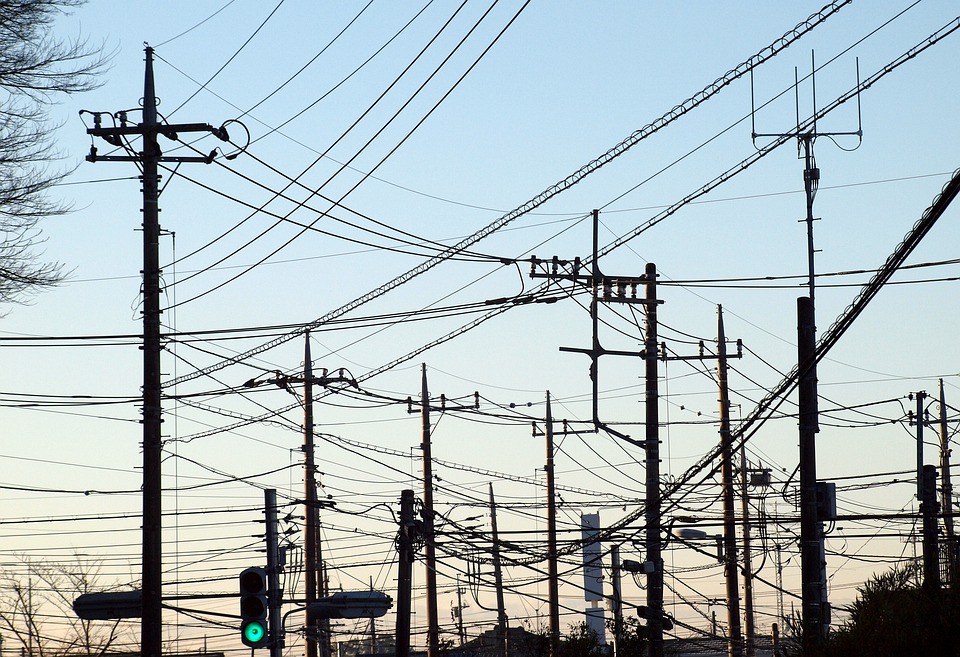How it Works
Transmission losses happen when electricity is turned into heat because of the wire’s electrical resistance. However, when a transmission line is cooled to -269 degrees Celsius and put into a superconducting state with liquid helium, the electrical resistance of the wire is zero, which means that all of the power that would have been lost is saved.
At first, the cost of the technology was a big problem for its widespread use. Because liquid nitrogen goes into a superconducting state at -196 degrees Celsius, it can now be used as a coolant, which is 10% cheaper than liquid helium.
Benefits of This Tech
People in Tokyo have found a way to coat transmission lines with this less expensive coolant. For now, the test cable can carry 1,500 volts and a few hundred amperes, which is what the railroad needs.
According to the Japanese Institute of Energy Economics, the country loses 4% of the electricity it makes while it is being sent. The country’s railways use about 17 billion kilowatt-hours a year, and 4% of that is about 700 million kilowatt-hours, equivalent to what 160,000 ordinary households require.
Not The First
Because transmission loss is a big problem in many countries around the world, Japan isn’t the only country to make progress in superconducting power transmission.
China’s state-owned transmission company put in a 1.2-mile superconducting line in Shanghai in November 2021. There was a project in Germany in 2020 that aimed to build a 12-mile superconducting transmission line under Munich.
According to blogerspace.com















